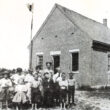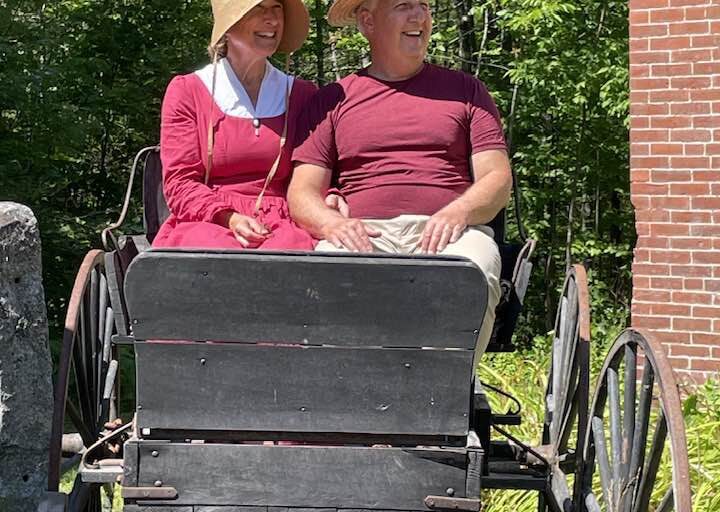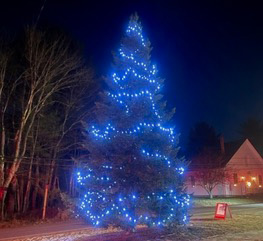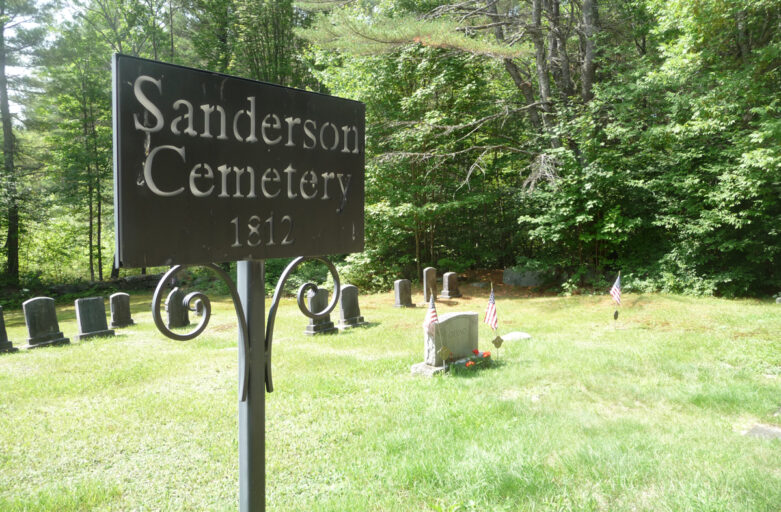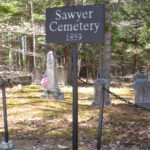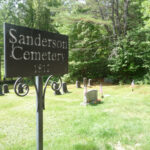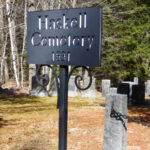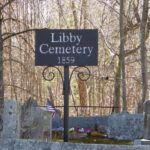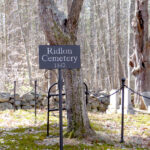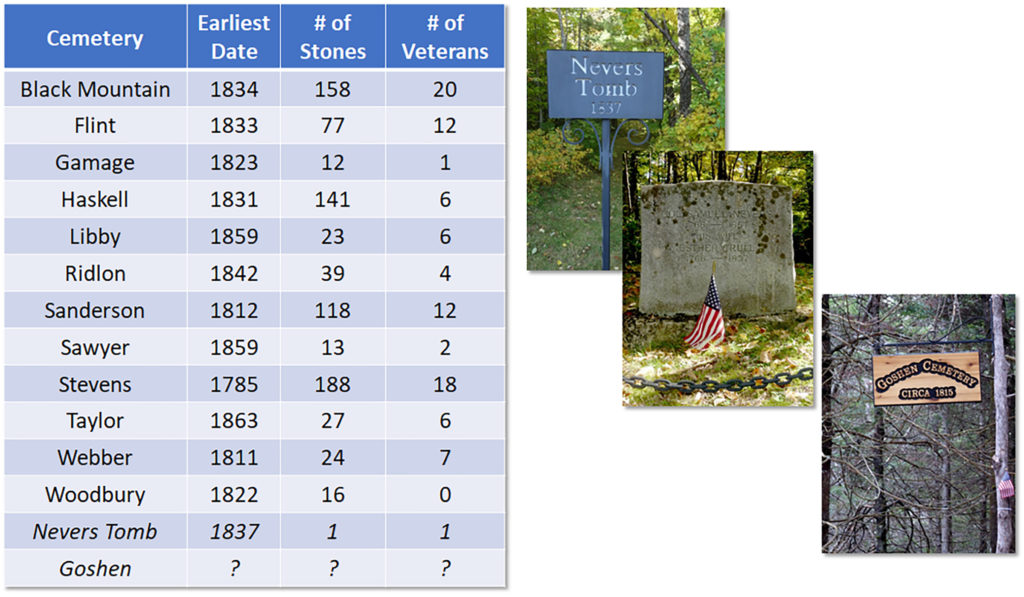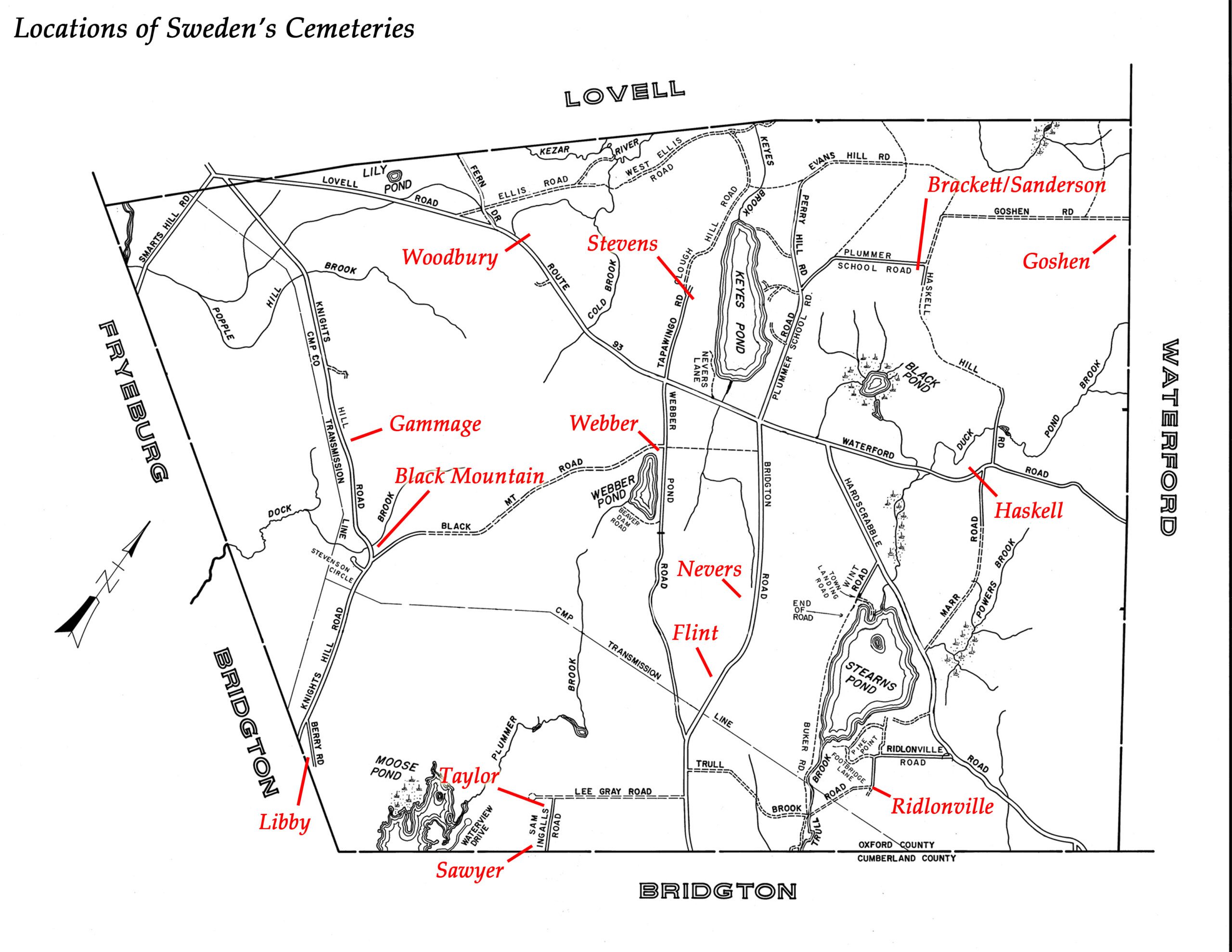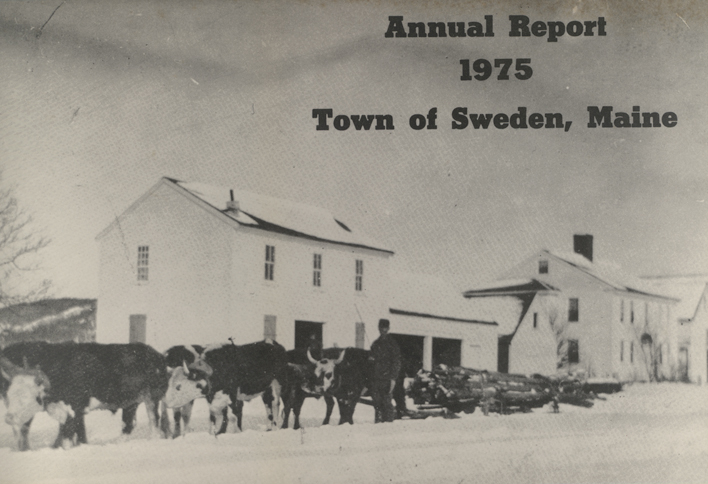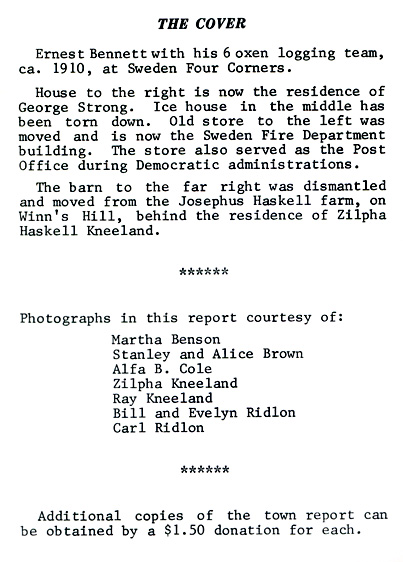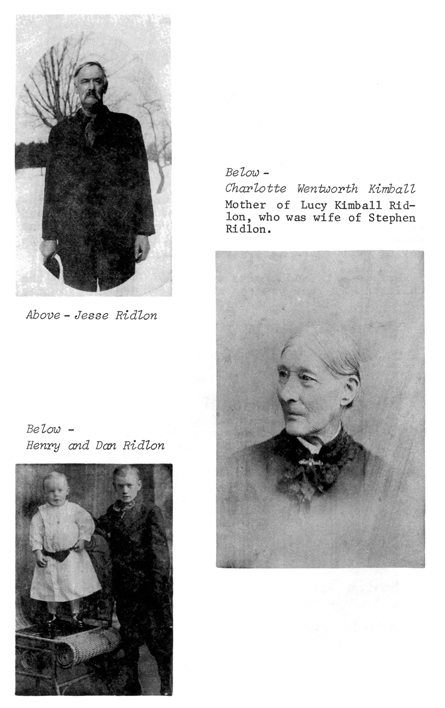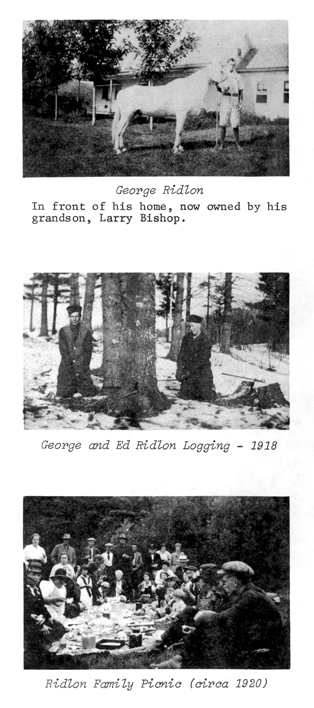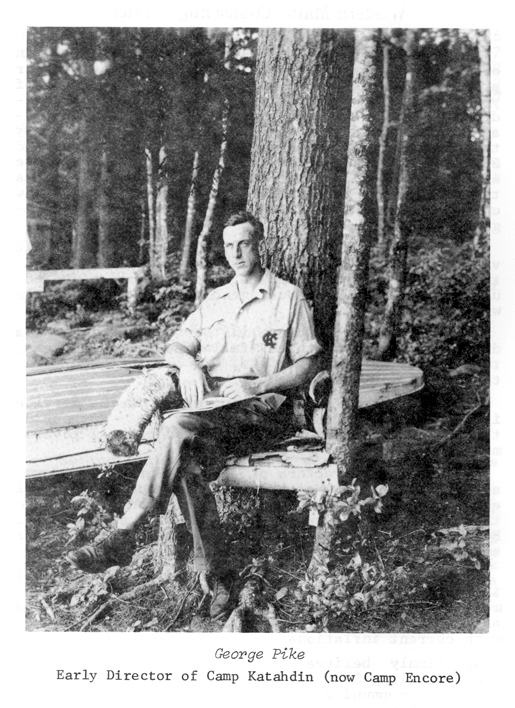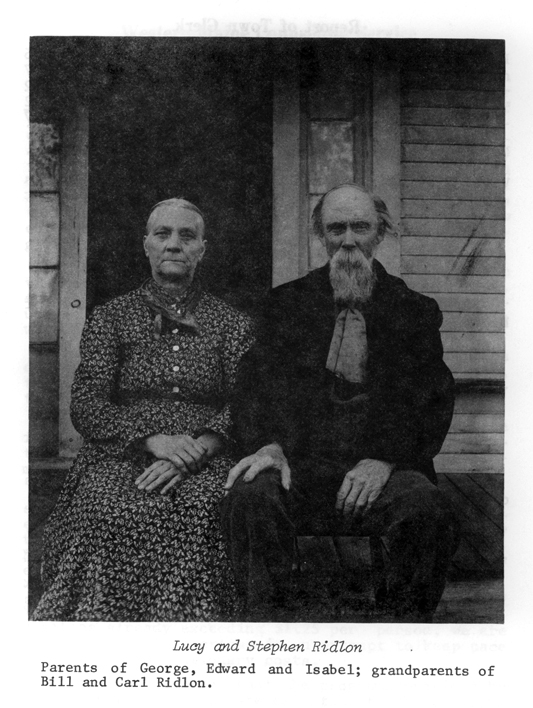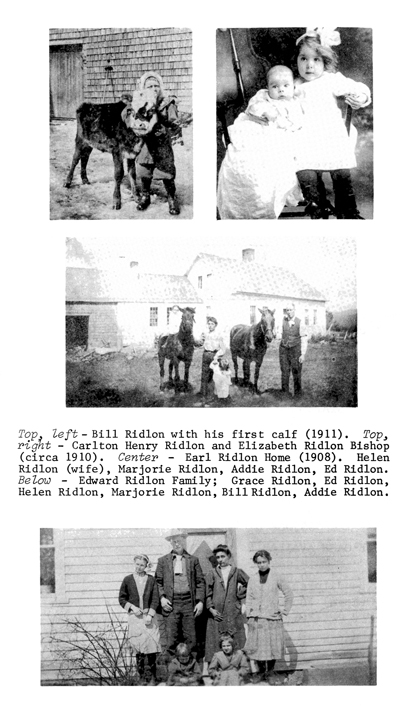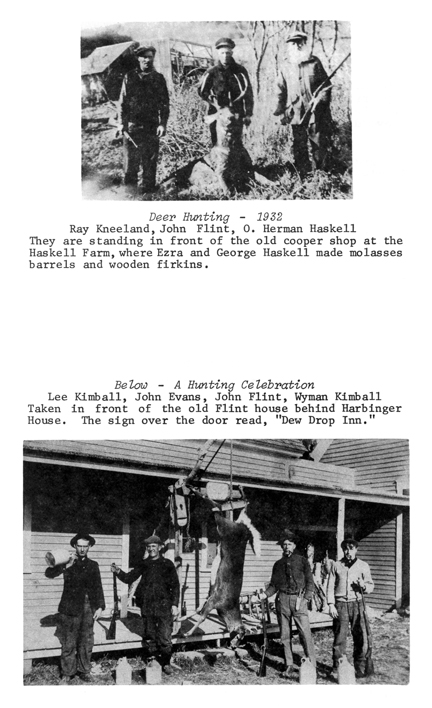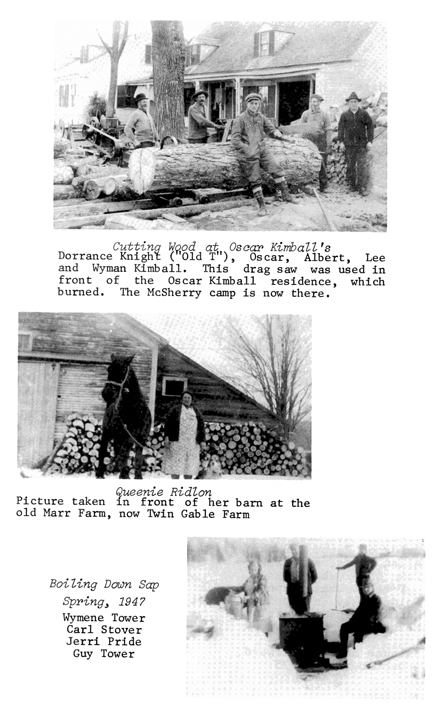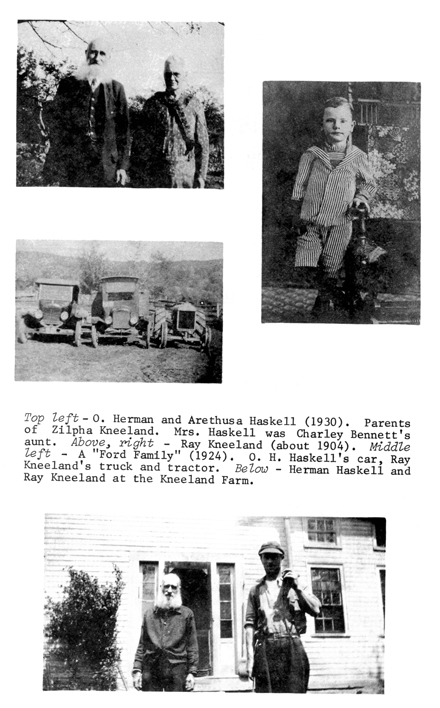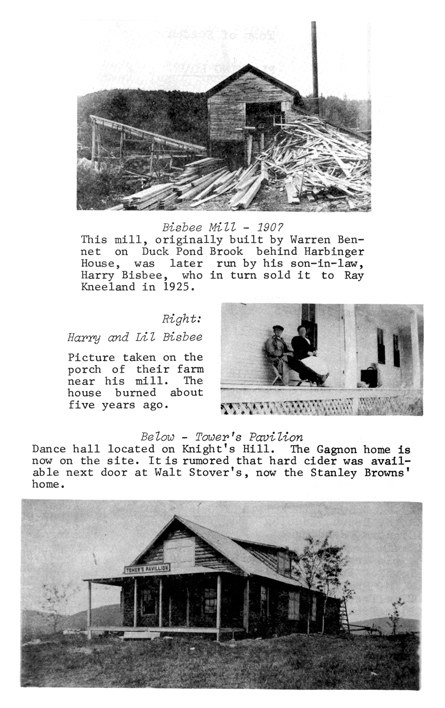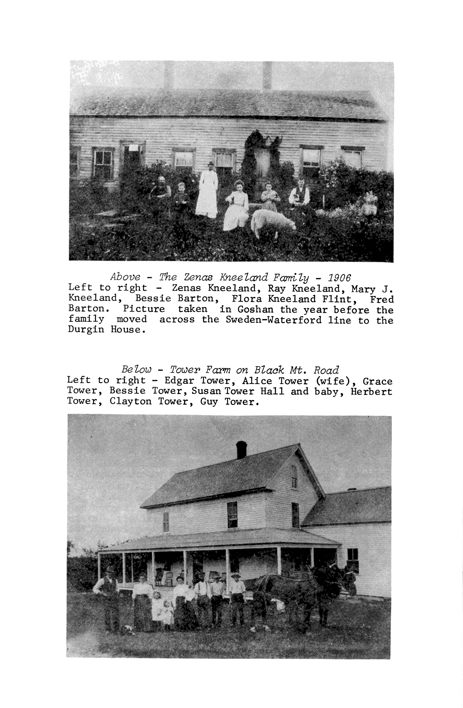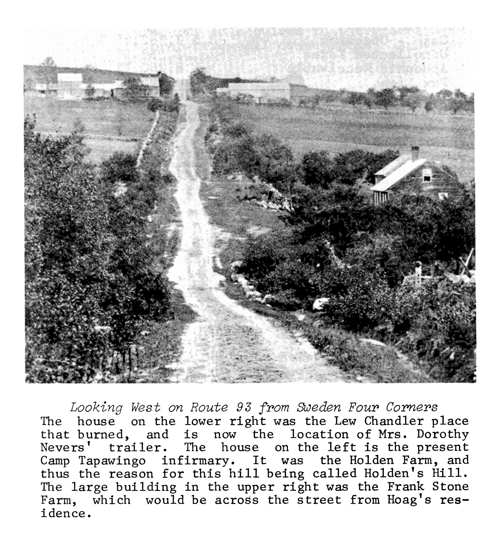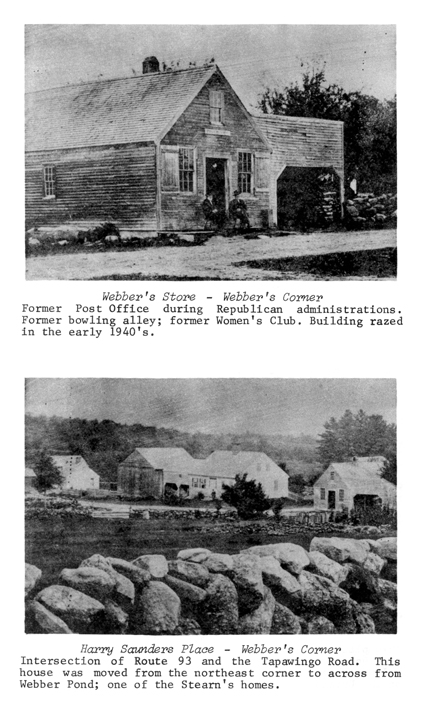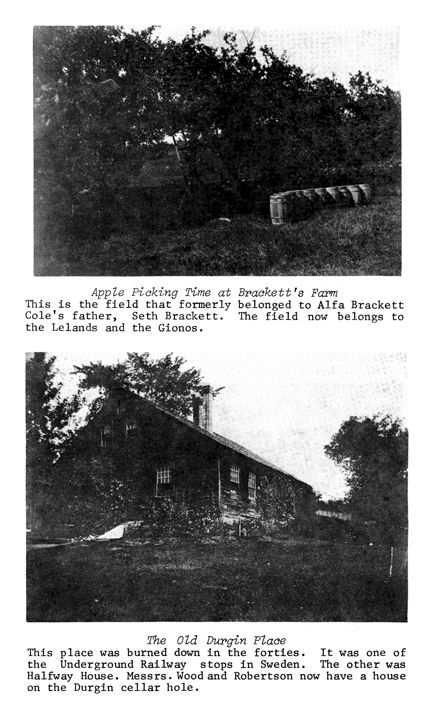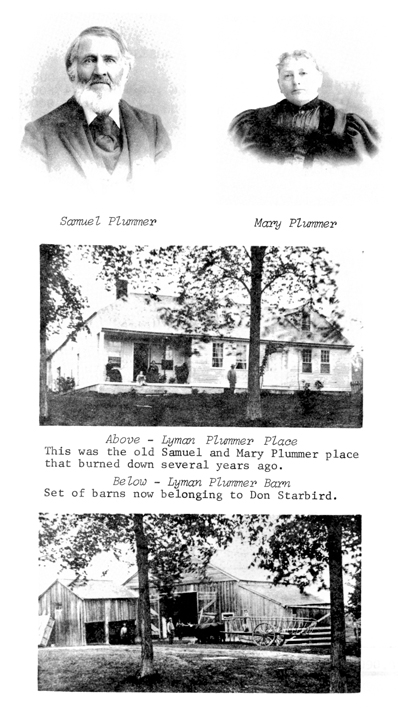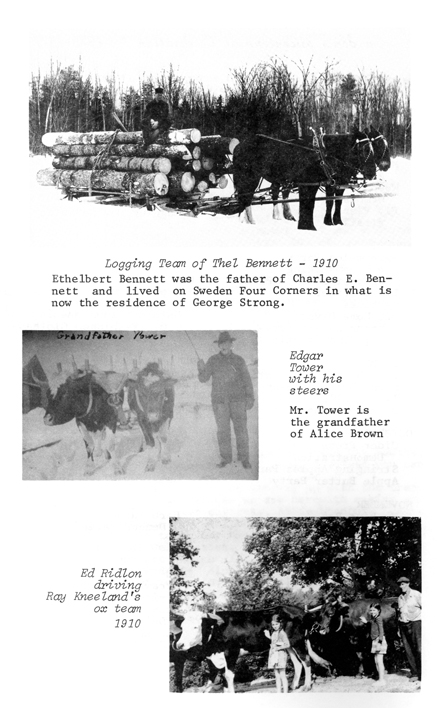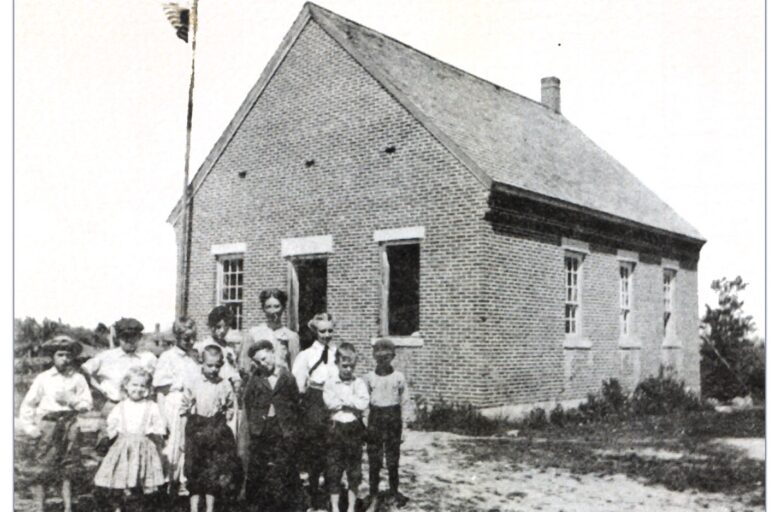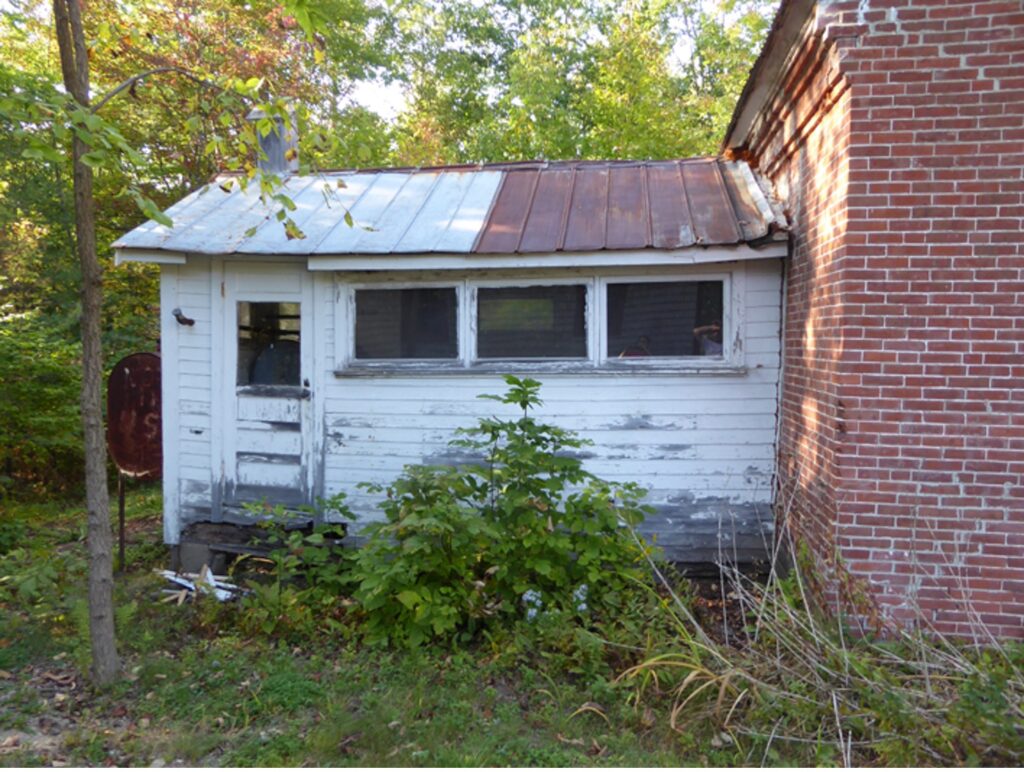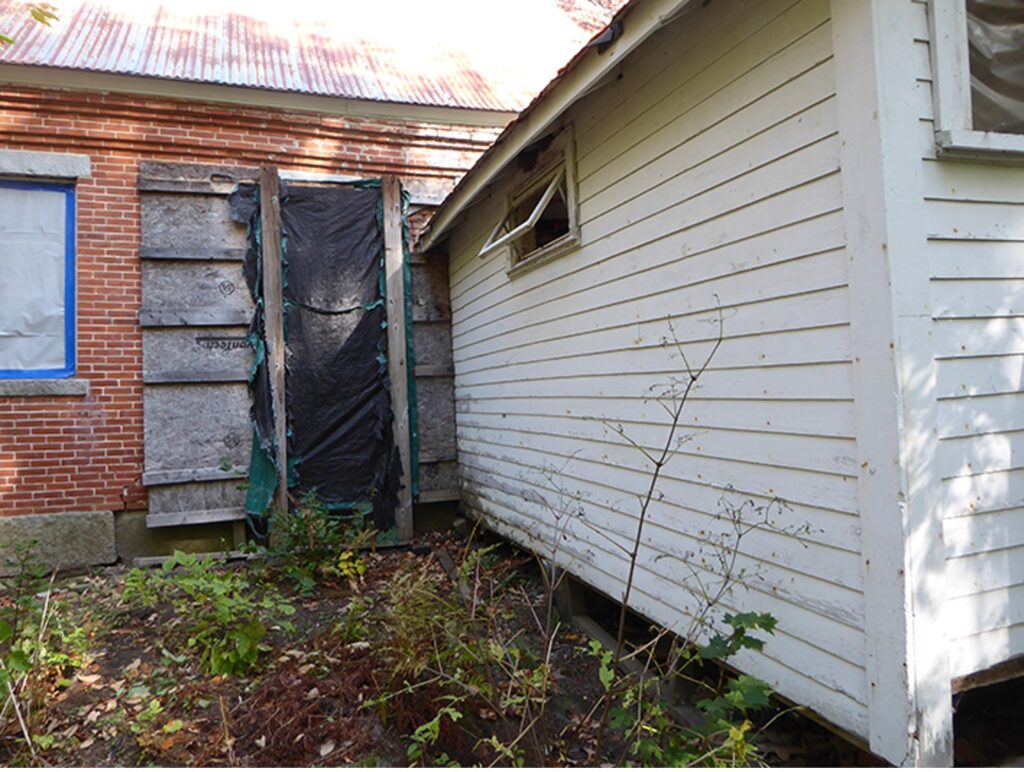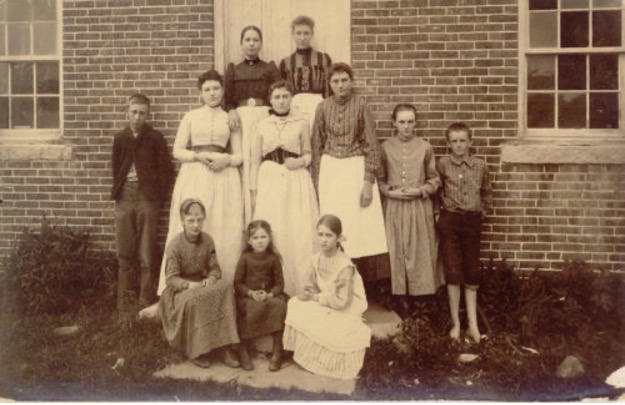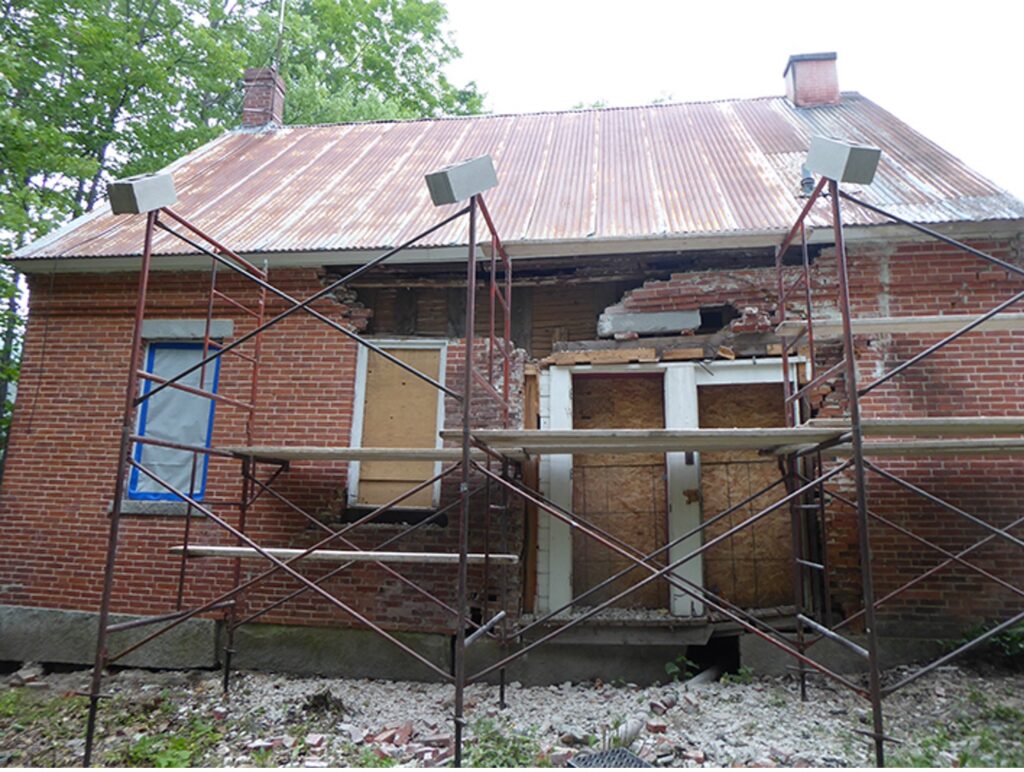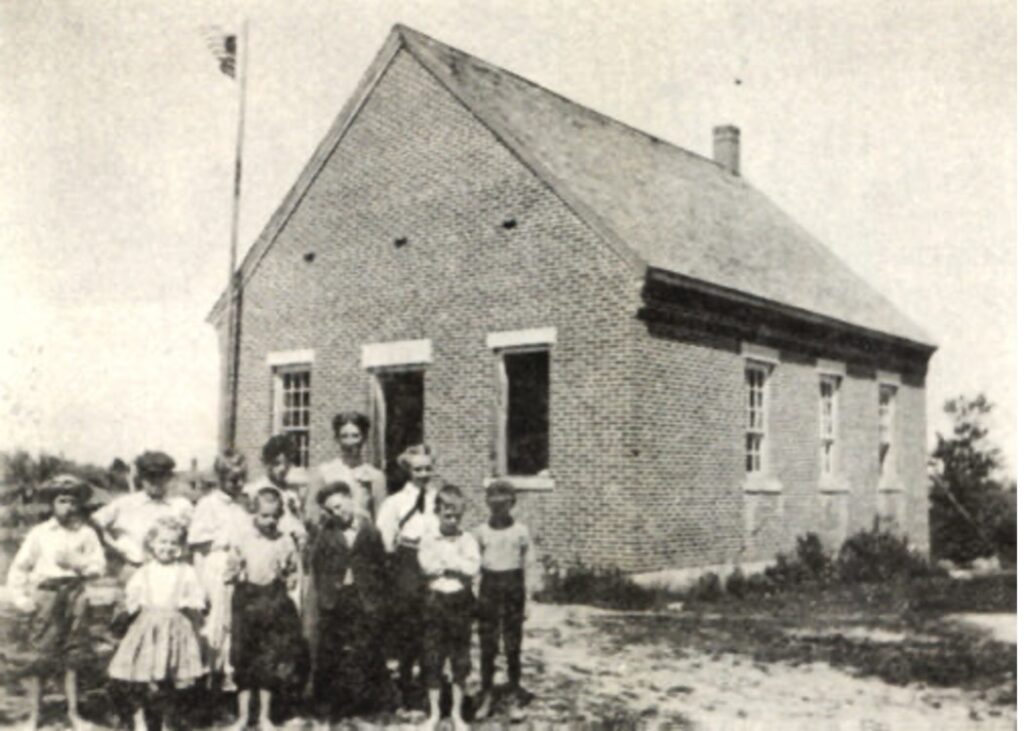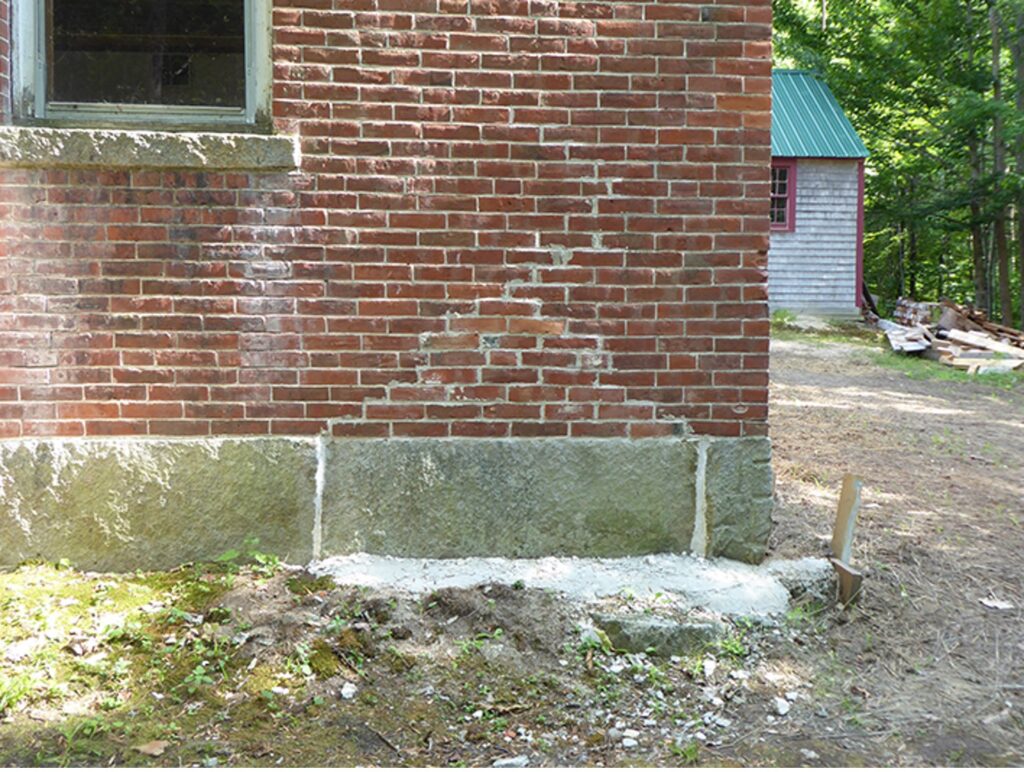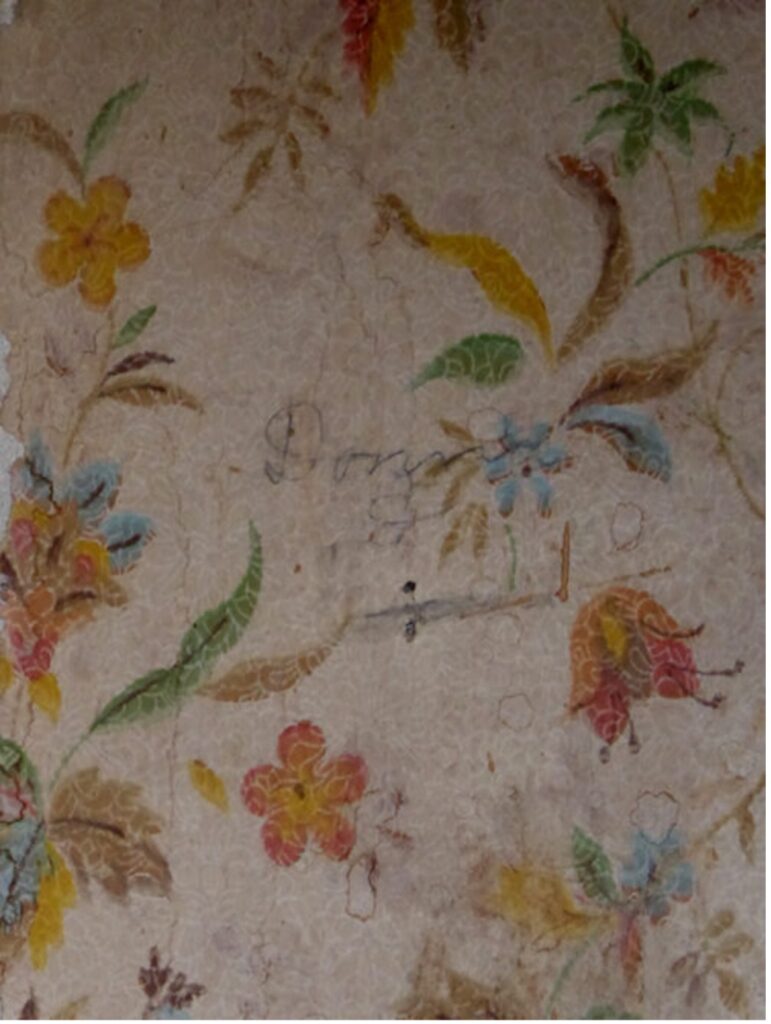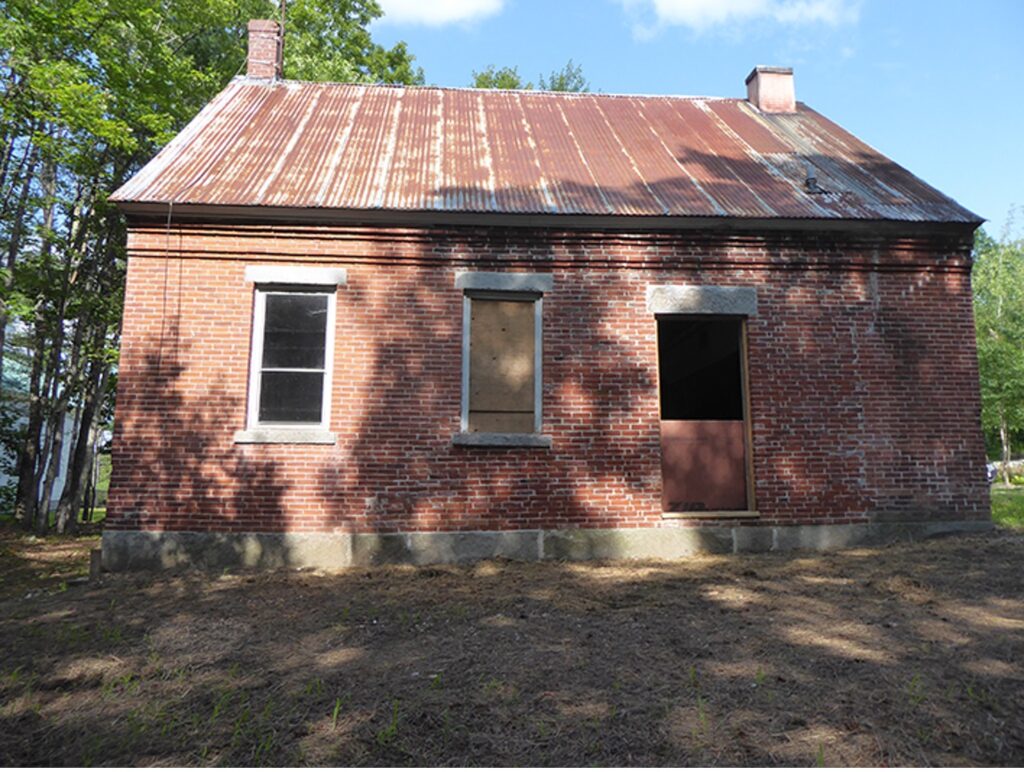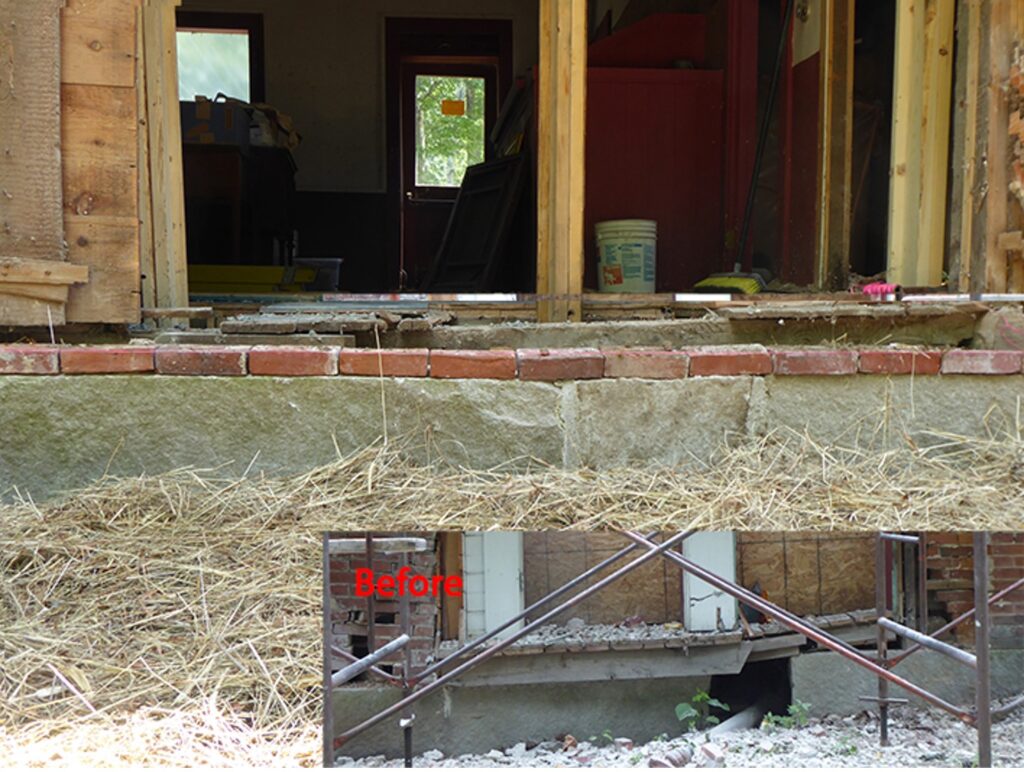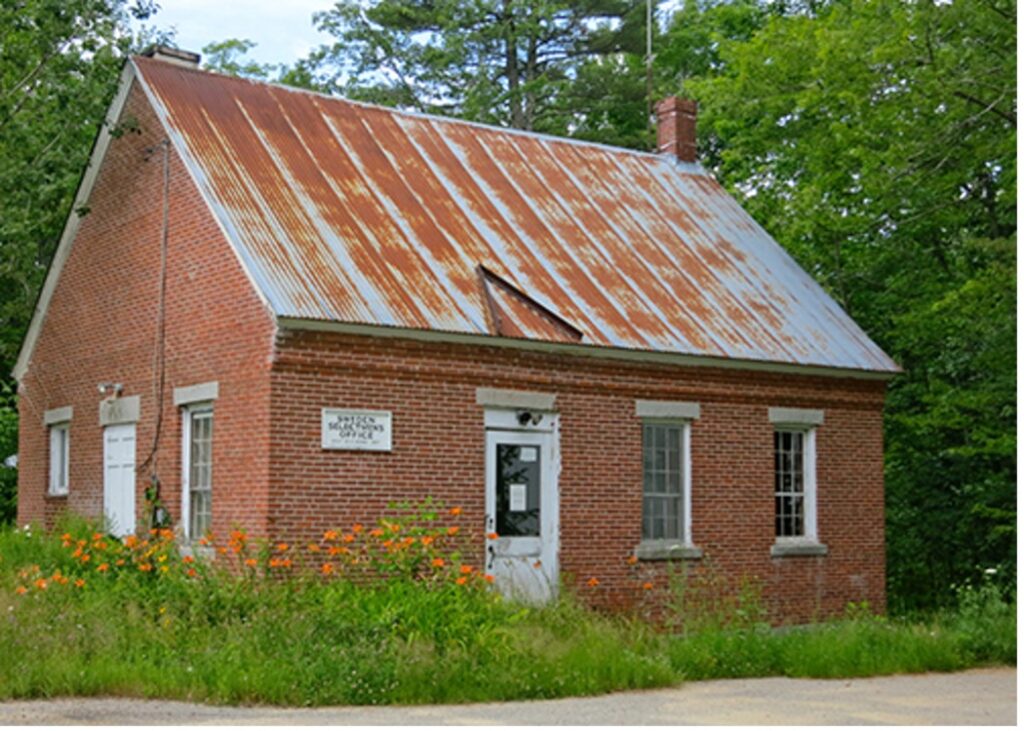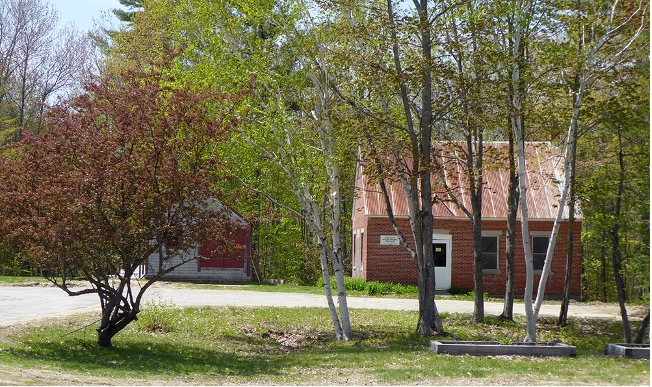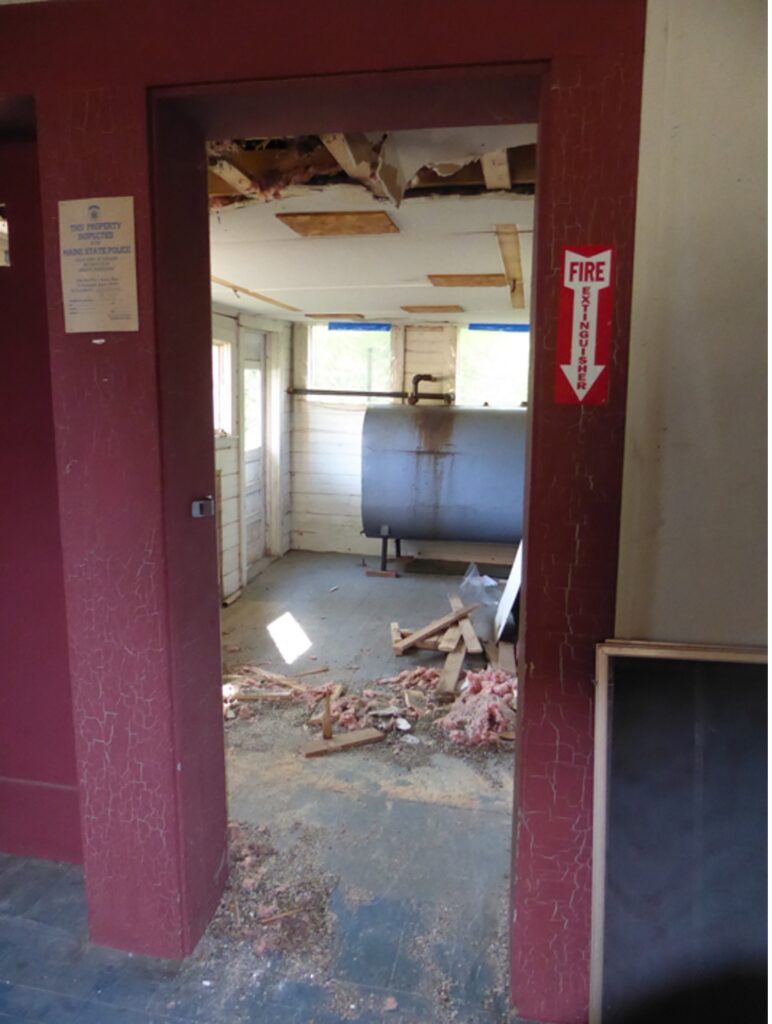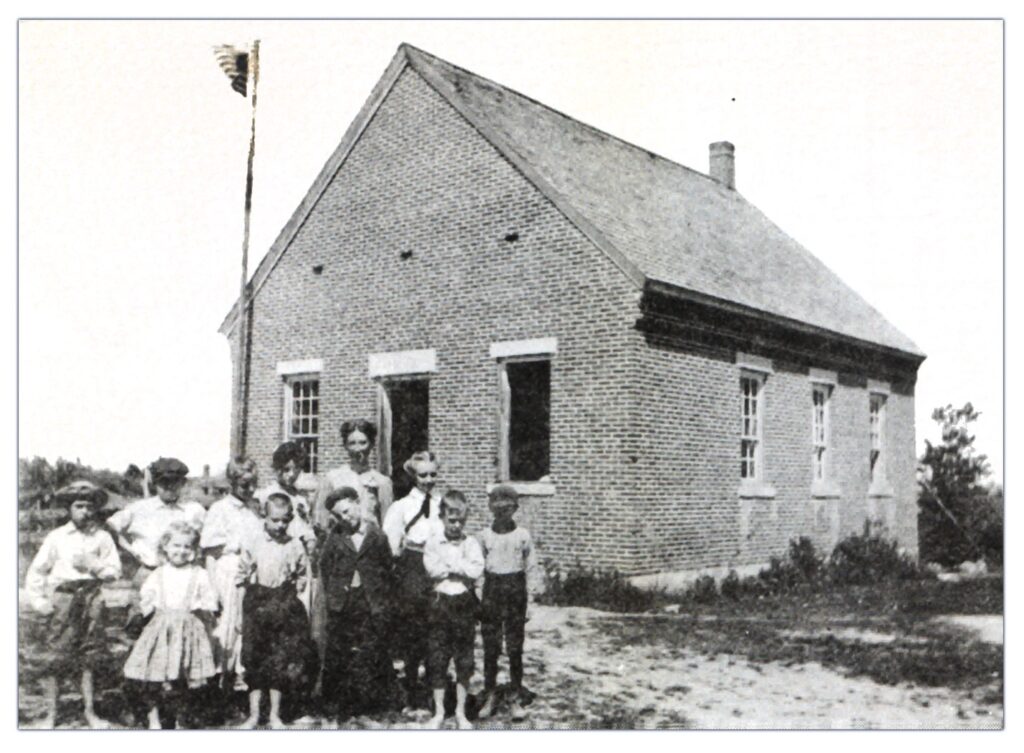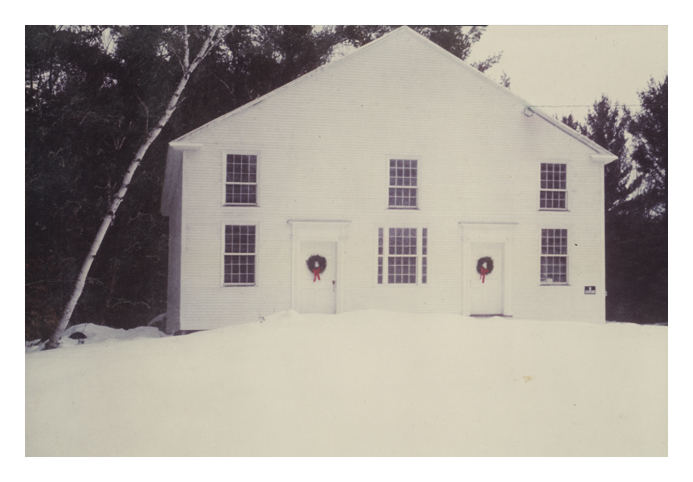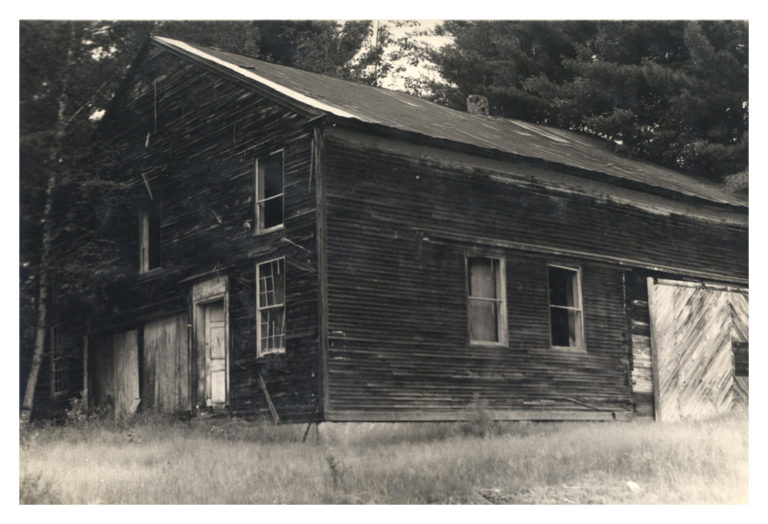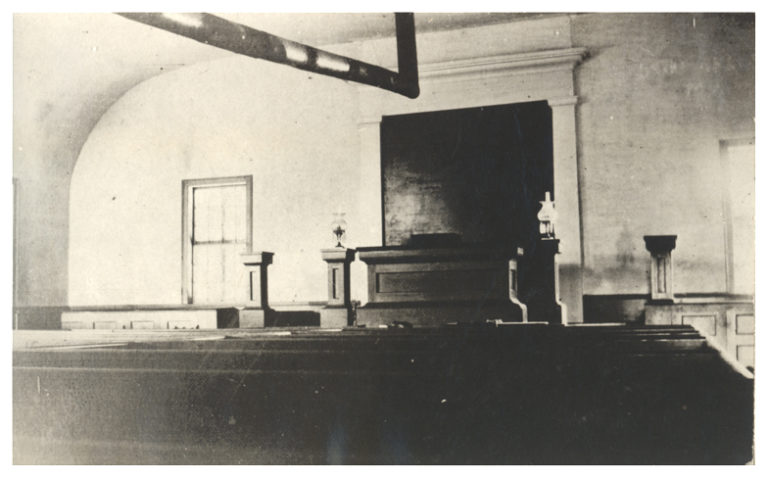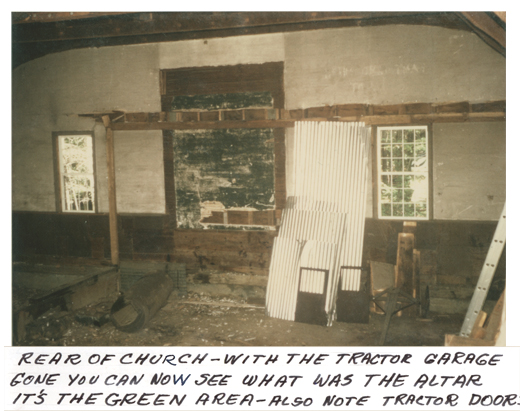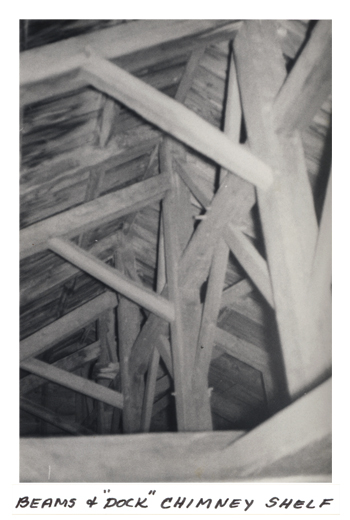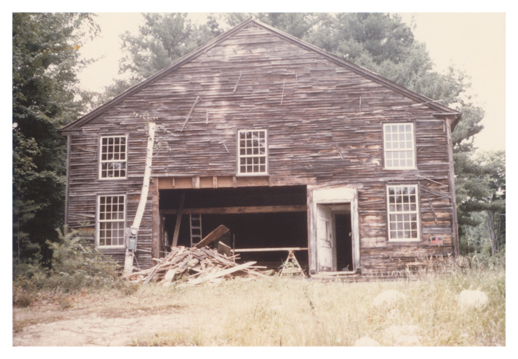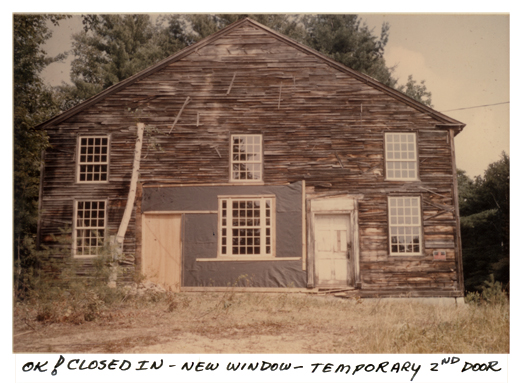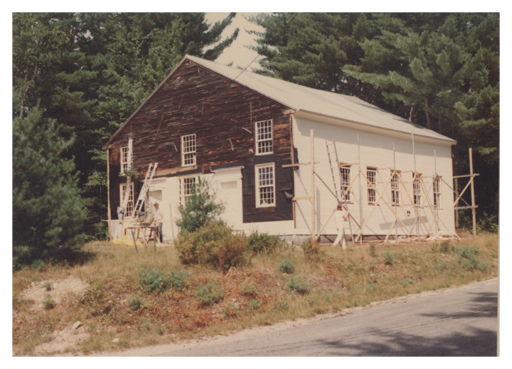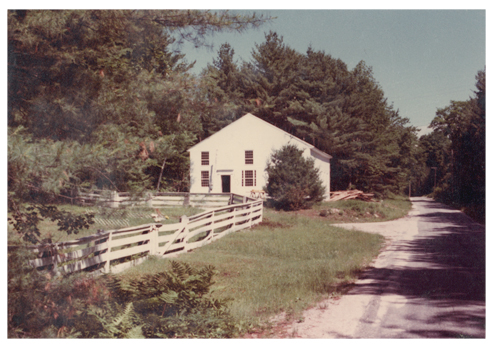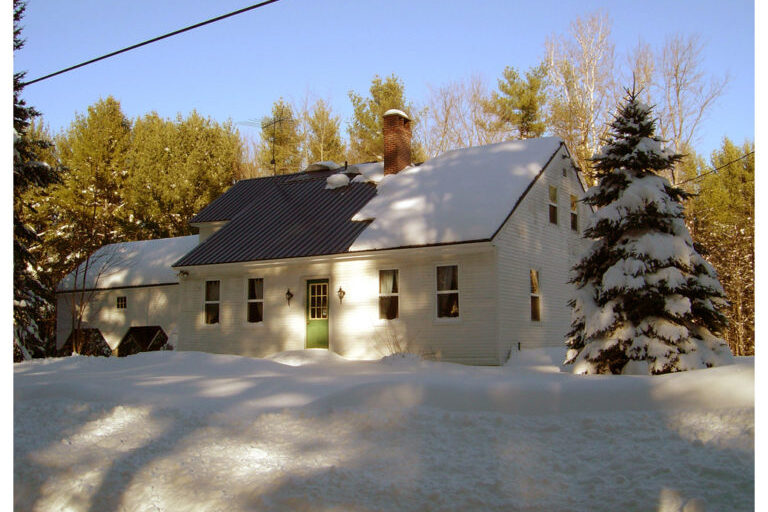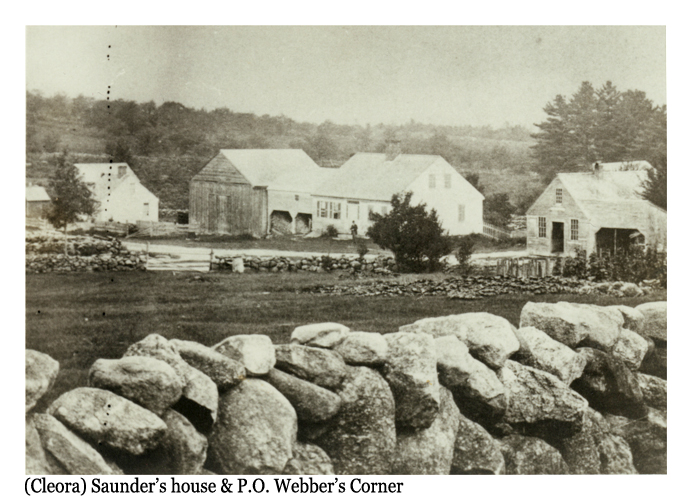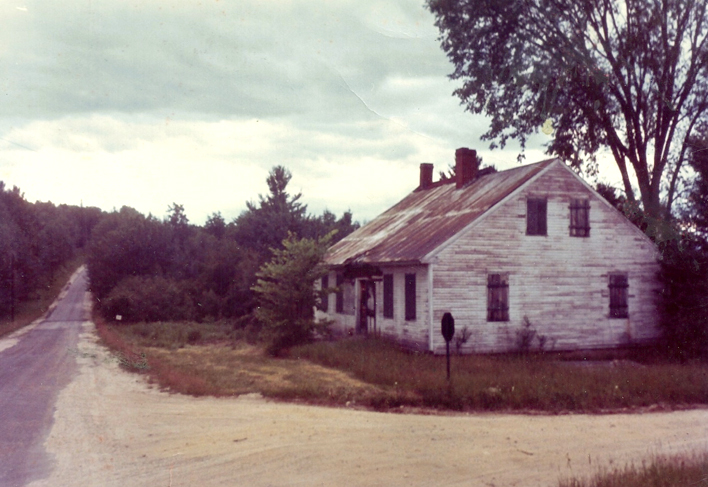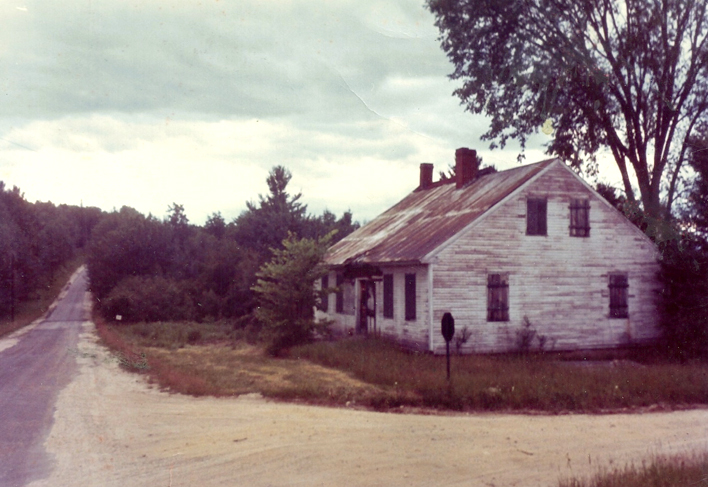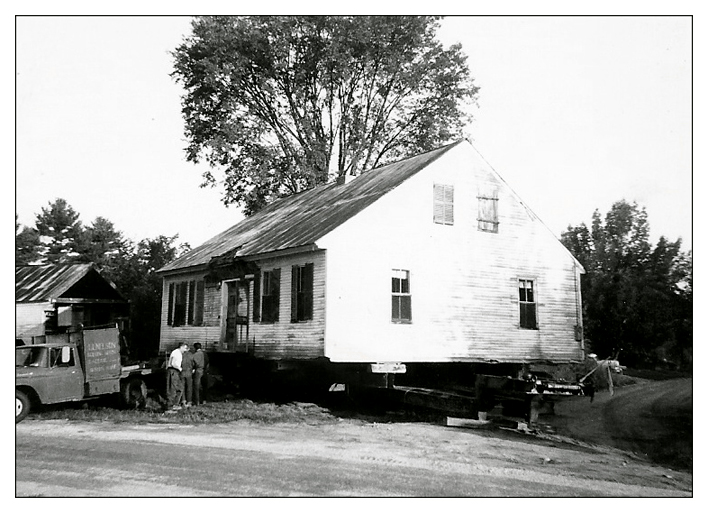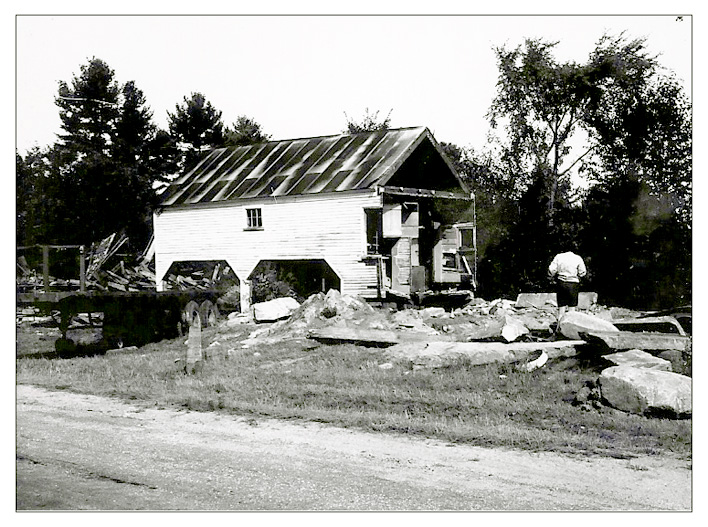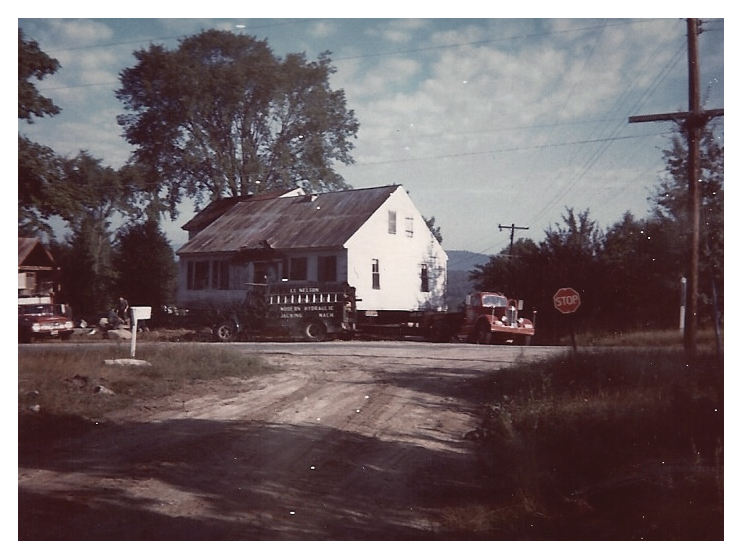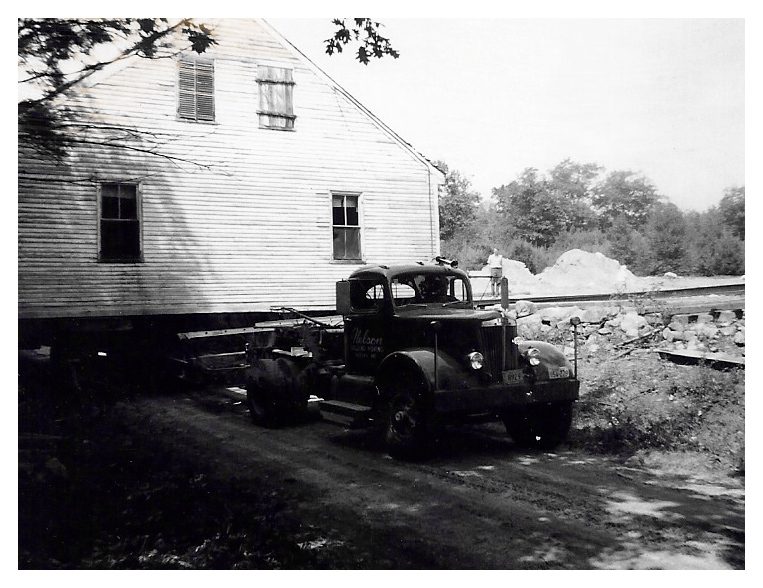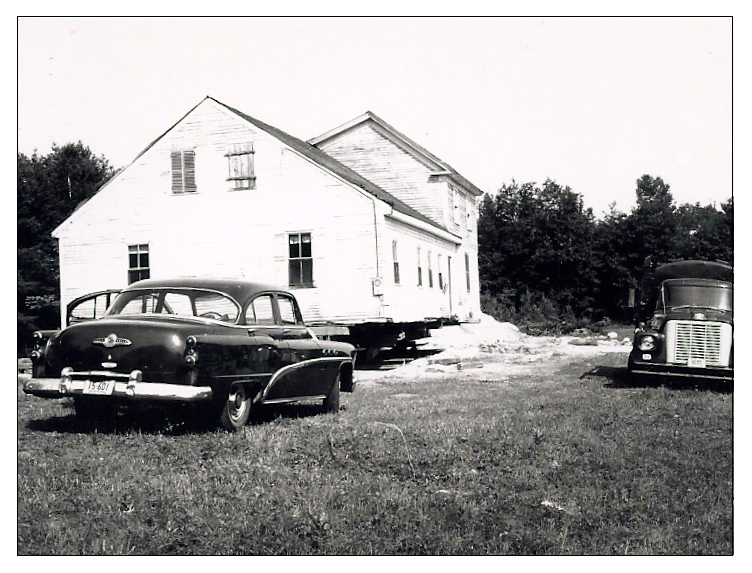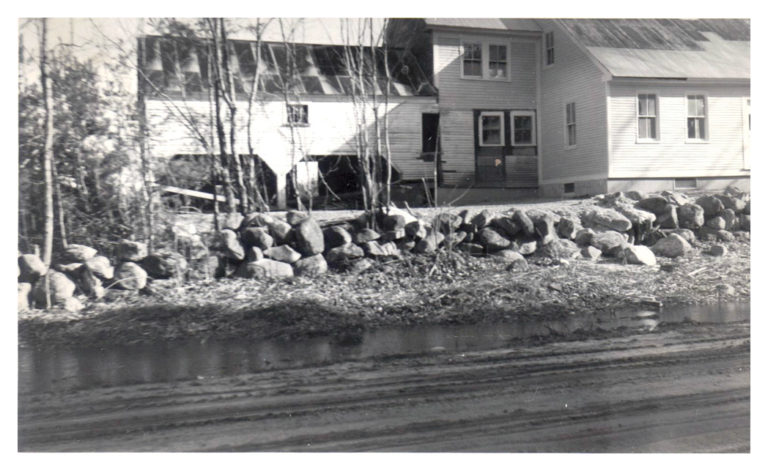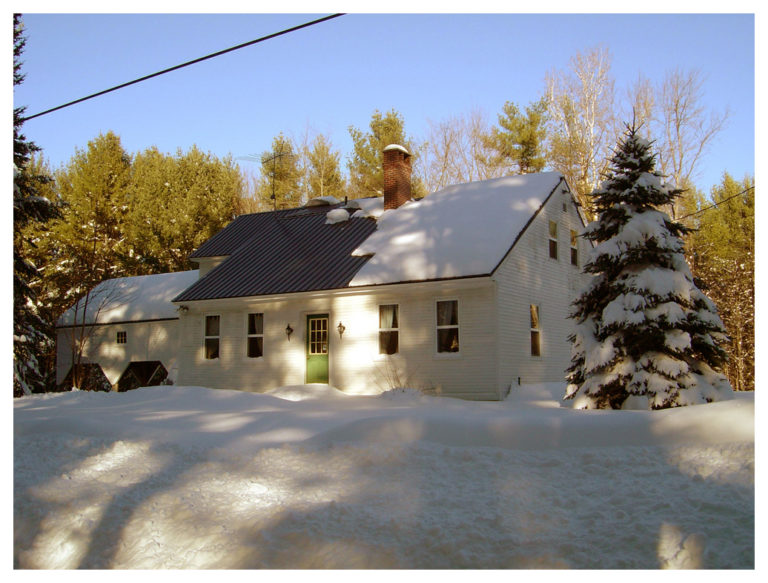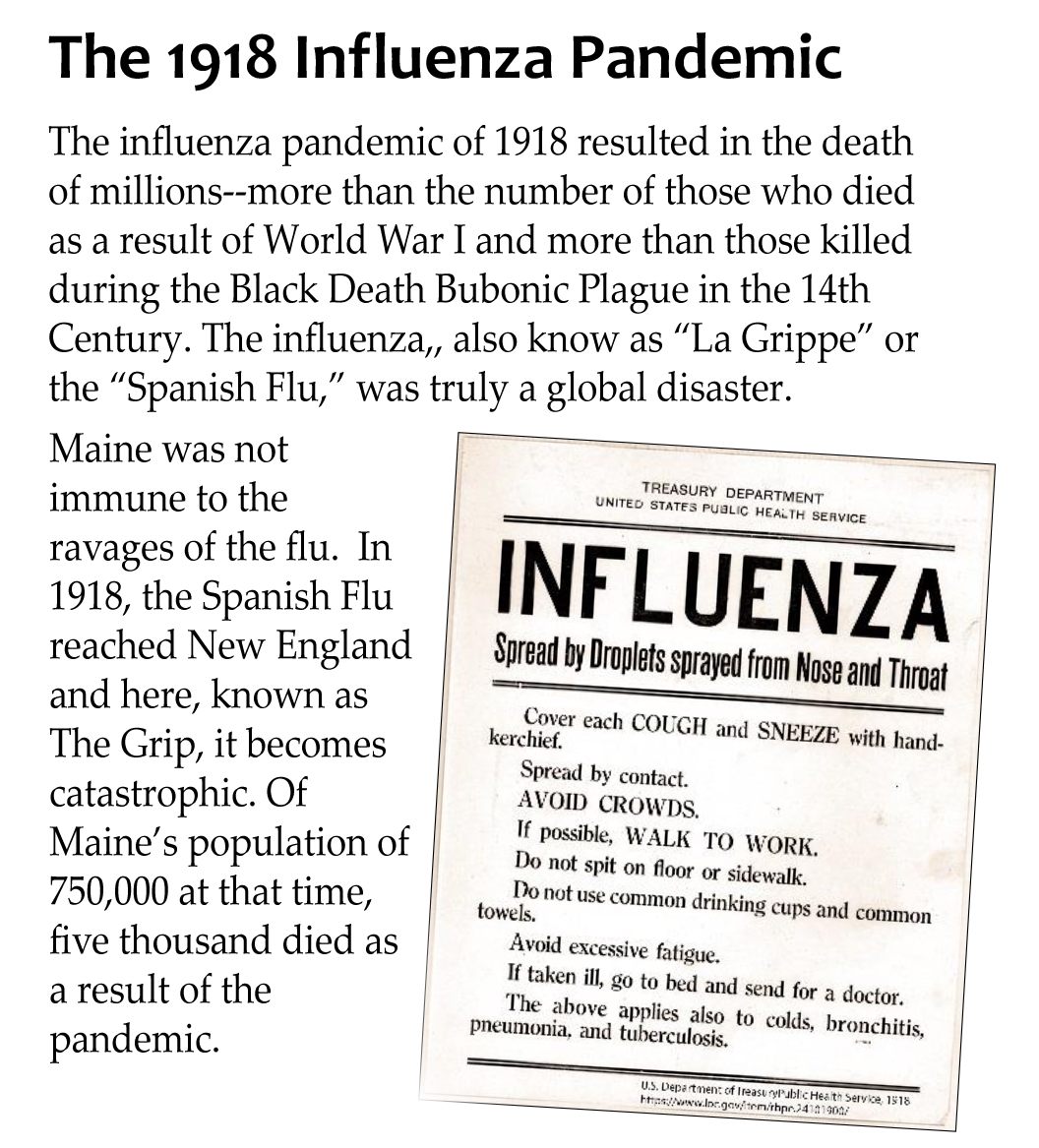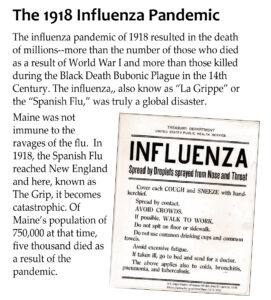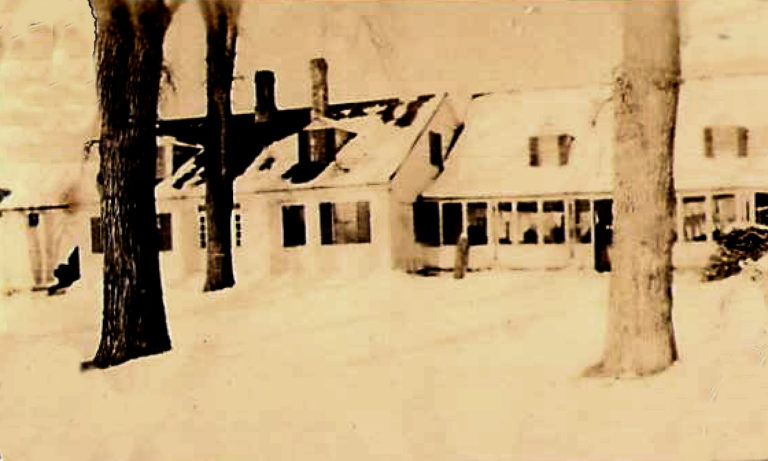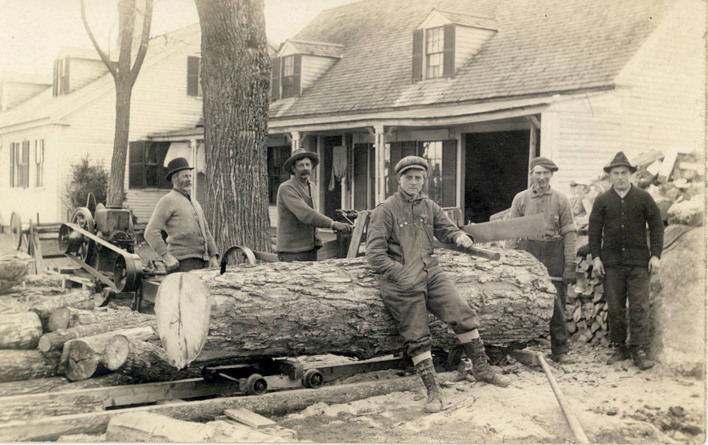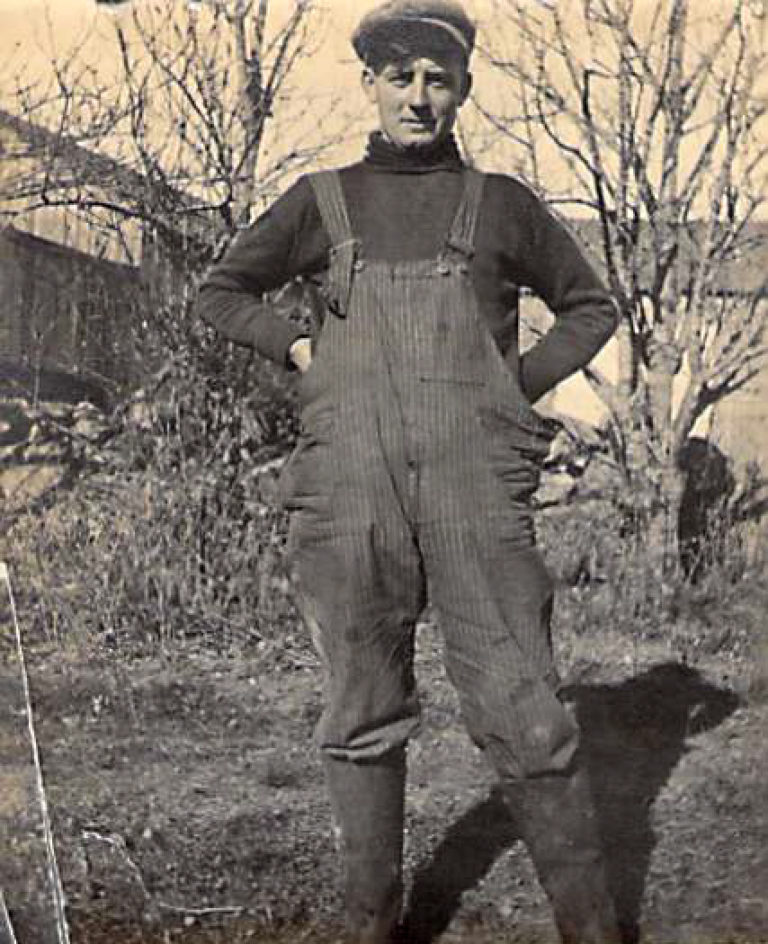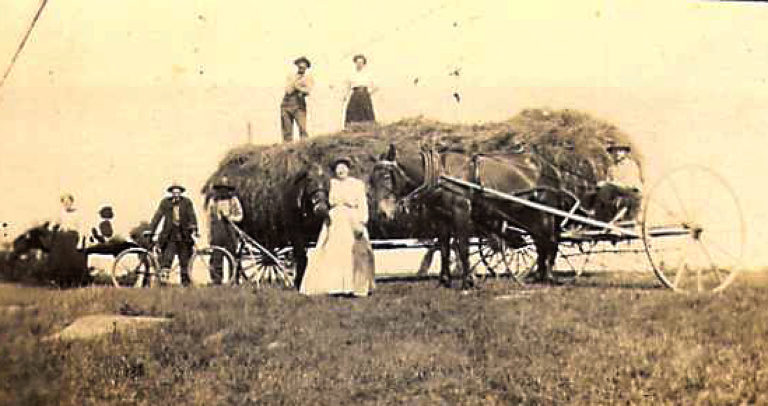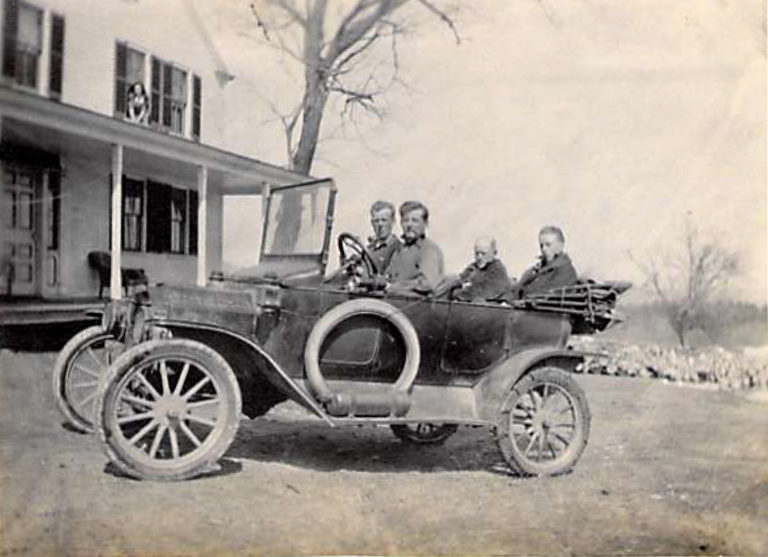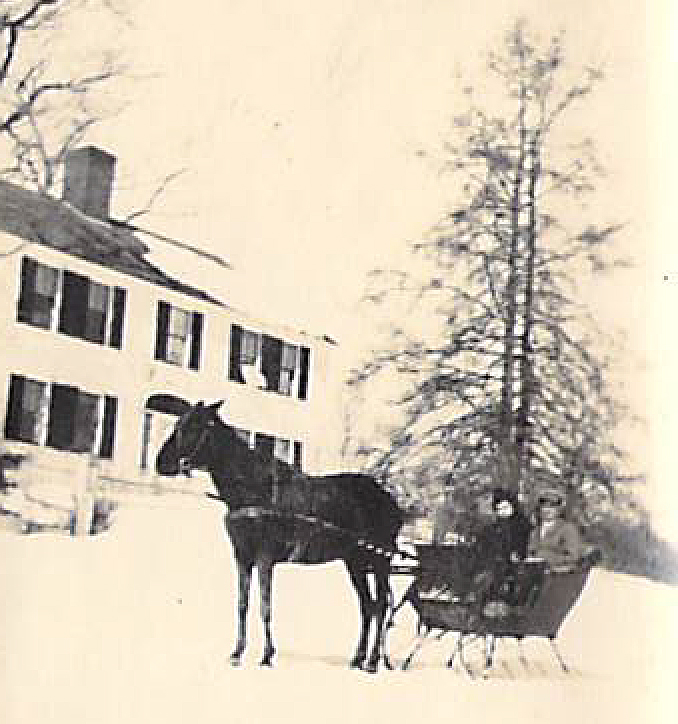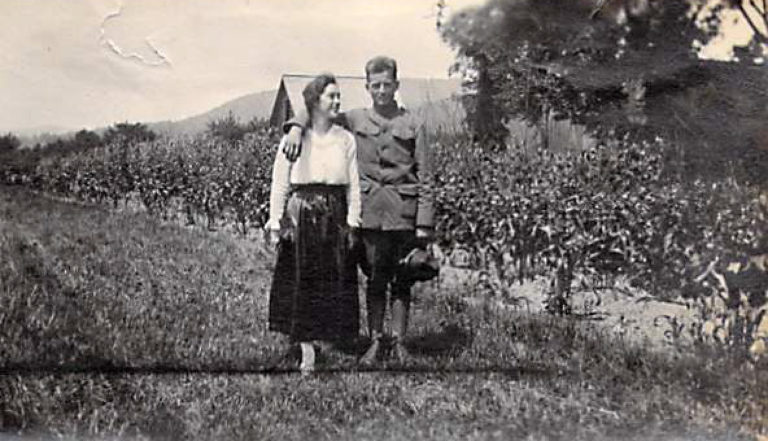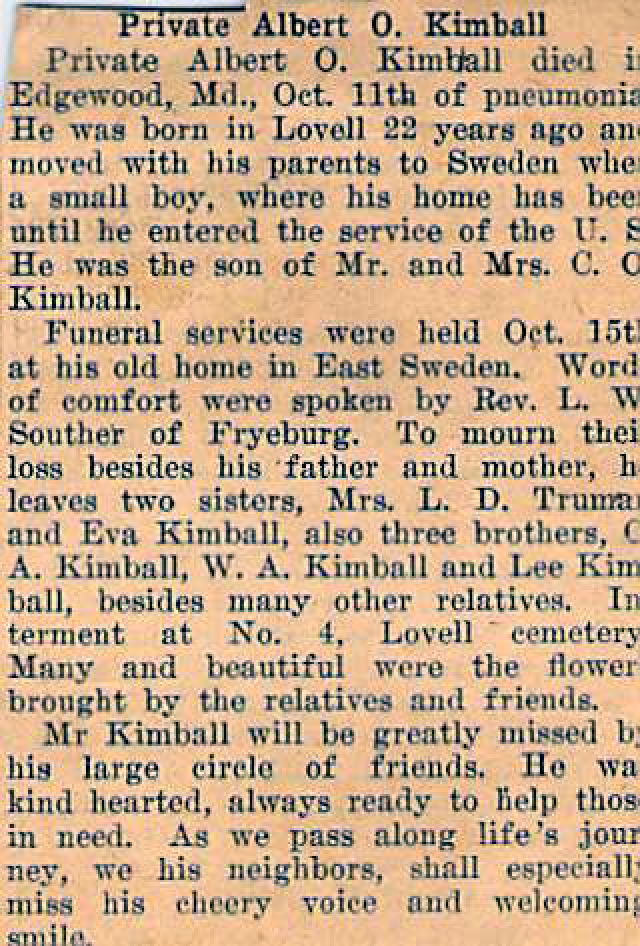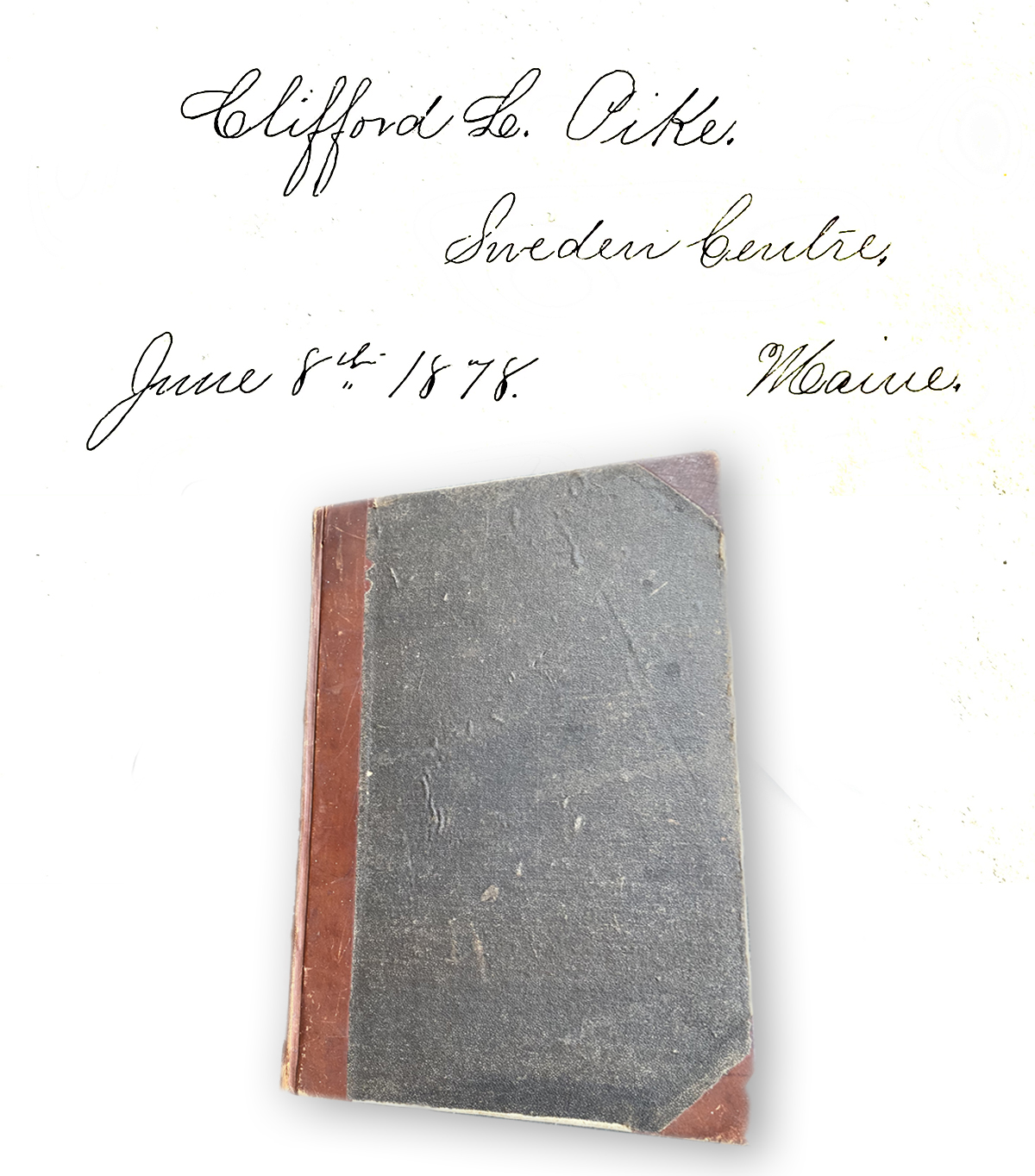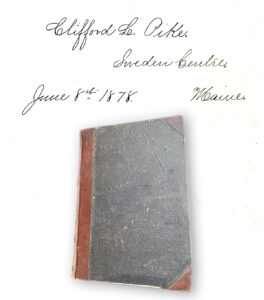How a carriage was preserved for 200 years
In 1810, according to local lore, a resident of New Suncook Plantation (as Sweden and Lovell were then known) built a buggy – an open four-wheeled horse drawn carriage. How that particular buggy, which would be 214 years old if that date is accurate, remains intact, is a story of care, charity and some conjecture.
Becky Thompson and David Johnson found the buggy in the barn when they bought their house at 26 Ledge Hill Road from architect George Cash in 2000.
“George told us that the buggy had been built by the local doctor for making house calls,” Becky recalls.
He also told them the buggy had previously been in a barn across the street at the home of Alfa Brackett Cole (1898-1994), a longtime Sweden town clerk.
This tidbit of information led Becky to research the history of both houses because of the two marriages that involved residents of both houses. She explains.
“We lived in the Sanderson house, originally owned by Rev. Stephen Sanderson. His son, also named Stephen, built the house across the street and married Eliza Whitcomb. Young Stephen died in 1845. Eliza married Milton Jewett who joined her in the house Stephen Sanderson had built on Ledge Hill Road. They had three children, one of whom was William H. Jewett. William trained to become a doctor at Maine Medical School at Brunswick (now Bowdoin) and obtained the degree of M.D.”
He practiced medicine in Norway, ME until he died in 1880. Becky thinks the buggy is likely to have belonged to Dr. William Jewett and it had been stored at 19 Ledge Hill Road until Alfa Cole’s death in 1994. “My hunch is that George Cash rescued the buggy after Alfa’s death and brought it to the barn that later became ours,” she says. “We had it in our barn for over 20 years.”
In 2022, when Becky and David sold their house, they held an estate sale to dispose of what they couldn’t take with them. One customer bought the buggy but needed a truck to take it away. After the estate sale was over, but before the buggy was removed, SHS became aware of it for the first time in 20 years and expressed an interest in taking possession of it.
“We then felt obliged to remove the buggy from the sale,” says Becky. She and David paid the man running the estate sale the commission he would have realized if the sale had gone through and donated the buggy to the historical society. SHS has displayed the antique buggy in Sweden’s town center the last two summers, and it played a supporting role during Sweden Days 2022 when the owners* of the town’s oldest home, built in 1805 by Col. Samuel Nevers and his wife, Esther Trull, posed as Sam and Esther. And, thanks to the generosity of David and Kathy Sundwall who stored it in the Nevers-Bennett House barn, it has been protected from the winter elements. But without a permanent place to house it, SHS put the buggy up for sale. Nils Johnson and Rebecca Buyers have decided to buy the buggy and will give it a new home in the Nevers’ old carriage house where it will protected for the future.
